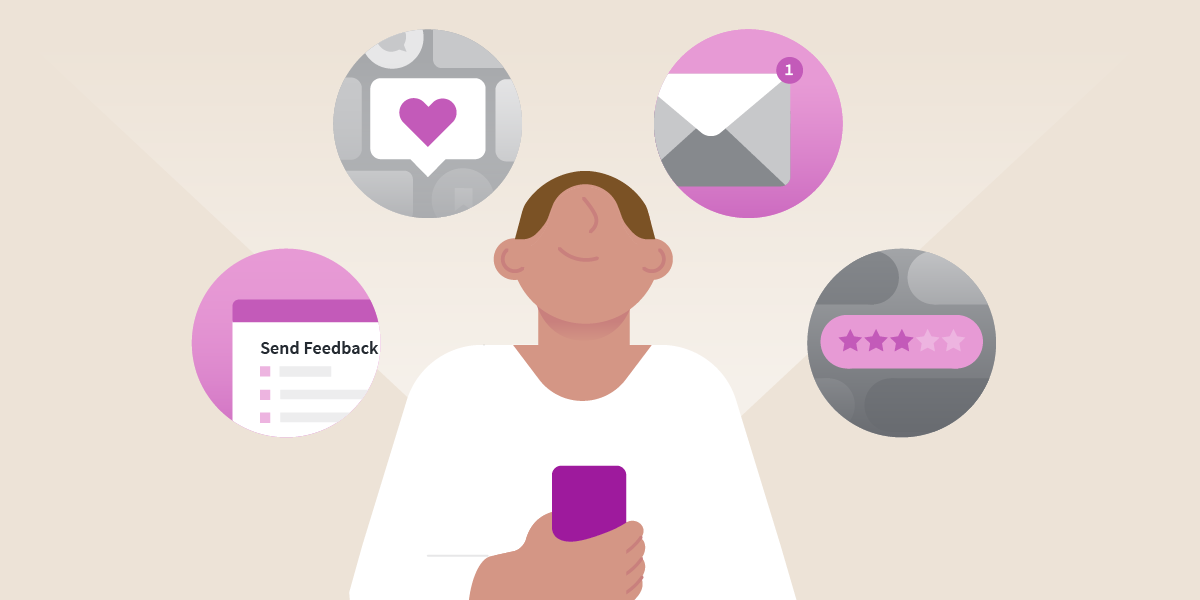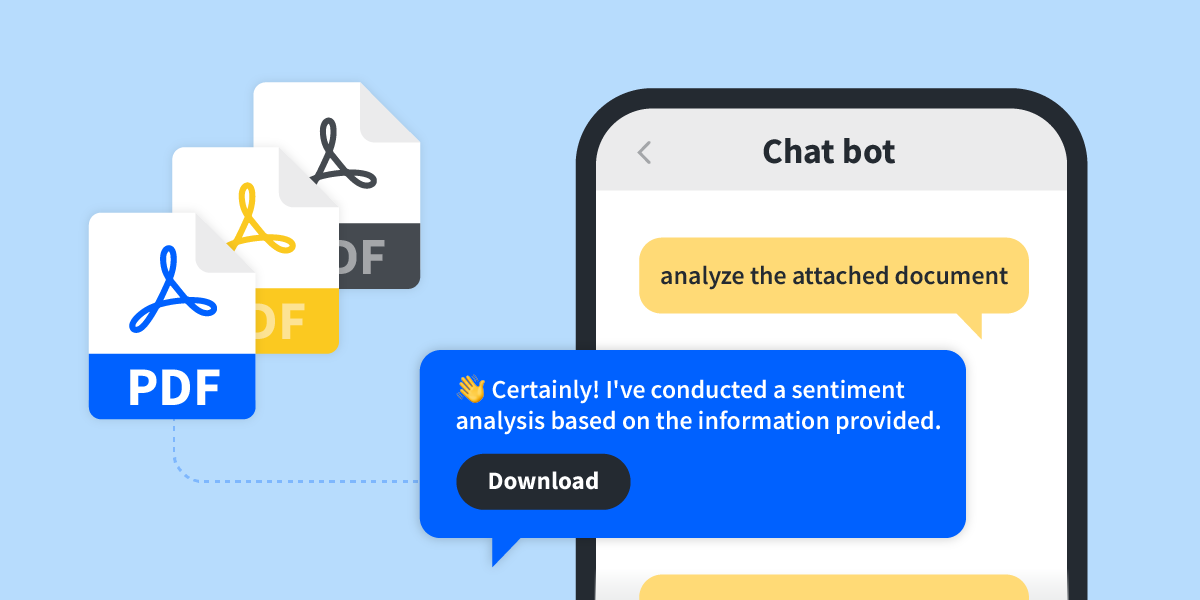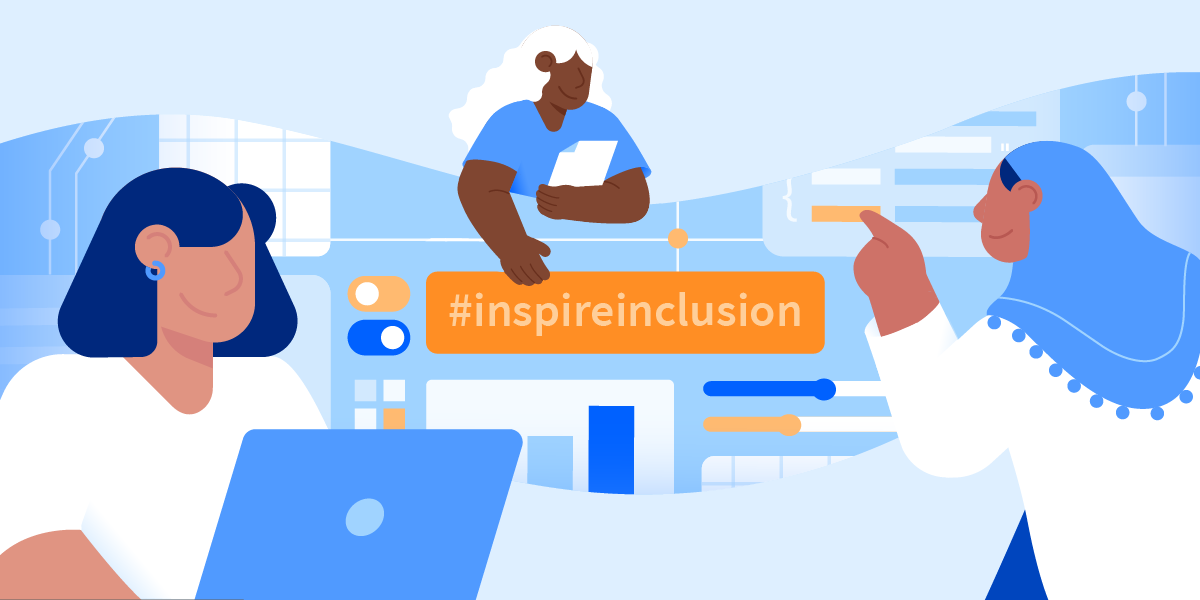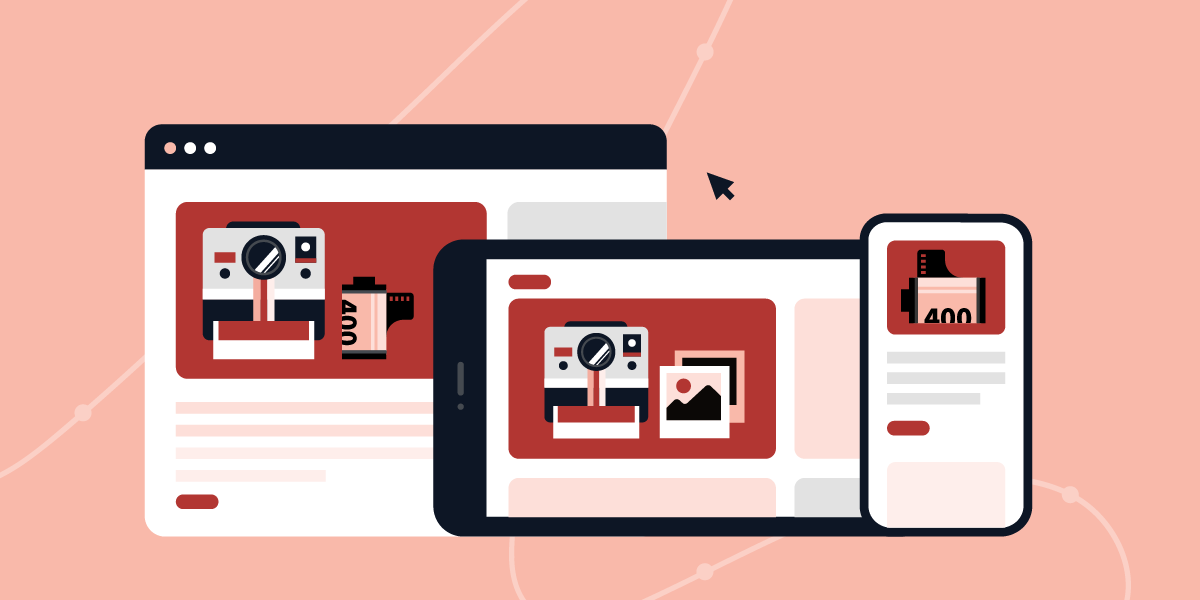Ads today are weirding people out—especially when they get super specific.
People feel like advertisers are reading their minds or listening to their conversations. “How did they know I was into leather pants?” (that kind of thing).
They feel uncomfortable about their data being used to manipulate them into buying things; it feels like an invasion of their privacy.
But, here’s the deal from the inside of the ad world: we’re not trying to creep anyone out. It’s just that sometimes, ads can feel a bit too close for comfort, if they’re not hitting the mark in a human way.
For example, you see an ad for pink running shoes. It feels out of the blue. You never even mentioned it out loud. But instead of just throwing shoes at you, imagine the ad actually gets why you like those bright pink shoes—maybe because they make you feel safer running at night. That’s when the ad stops being just an ad. It becomes a connection. It’s not just about the brand knowing your secret shoe love; it’s about them showing they get you.
The trick is in how marketers talk to people, making sure they’re not just barging into people’s heads with their ads, so they feel heard, not followed.
Sure, sometimes it feels like ads have a direct line to our thoughts, but I’ve been there too. I’ve clicked on ads for stuff I didn’t even know I needed, and it’s like, “Wow, this is perfect for me.”
So, it’s all about striking that balance—making sure when, as a marketer, you reach out, it feels like you’re handing them something they’ll love, not just something you think they’ll like. It’s about marketers making ads feel less like a cold call and more like a friend dropping by with exactly what they need, even before they know they need it.
What Is Human-Centric Marketing?
Human-centric marketing is putting the real, live human at the heart of every marketing decision. Instead of slicing and dicing people into groups based on stats (segments and demographics), it’s about getting the full picture—their feelings, dreams, and what gets them excited.
There are three reasons why this is important.
- Human-centric marketing helps brands build trust. When you treat customers as individuals and show that you understand their unique challenges and desires, you’re not just another brand to them. You’re someone they can trust and believe in.
- Human-centric marketing enhances the customer experience. This approach allows you to tailor your offerings and interactions to meet customer expectations, so every interaction they have with your brand feels special and memorable. It’s what sets you apart from the crowd.
- Human-centric marketing drives customer loyalty. When customers feel valued and understood, it leads to increased loyalty and repeat business.
The data backs this up. Brands that speak to their customers see up to 63% more clicks and up to 1,400 more conversions.
Tailored experience is the name of the game, if you want to win big.
One great example is Spotify, which shows record growth, with its personalized playlists and curated recommendations. Spotify leverages user data and algorithms to make targeted music suggestions. That’s human-centric marketing in action—keeping you hooked and feeling like Spotify simply gets you.
How to Implement Human-Centric Marketing Strategies
Let’s look at two human-centric marketing strategies you can implement to understand the human behind the data.
1. Customer Journey Mapping
Customer journey mapping is like drawing a map of every step your customer takes, from discovering your (or the) brand to making a purchase and beyond.
- Start with research. Talk to your customers, conduct surveys, and use analytics to understand how they find and interact with your brand.
- Identify key touchpoints. Map out every interaction point, from social media engagement and website visits to customer service calls and post-purchase follow-ups.
- Spot the pain points. Look for places where customers get stuck, frustrated, or just lose interest. These are your opportunities to improve.
- Create solutions. Design interventions for these pain points. Maybe it’s clearer information on your website, a more intuitive checkout process, or personalized follow-up emails.
When you understand and address the specific needs and desires at each stage of the customer journey, you make the entire experience smoother and more enjoyable.
For instance, when you’re mindful that you’re engaging with real people, not just potential sales, even your calls to action (CTAs) change.
The goal, of course, is to encourage a purchase, but the way you communicate should never feel like a blunt invitation to simply spend money.
Instead, the art lies in crafting messages that resonate on a personal level, subtly aligning with the individual’s lifestyle or interests without explicitly asking for a transaction. It’s about presenting options in a manner that leads the person to conclude, “This is for me,” thereby naturally progressing toward a purchase.
People are constantly bombarded with CTAs, like “Buy now” or “Sign up today,” so the need for a human touch in messaging is more important than ever. Such direct CTAs, while clear and straightforward, miss the mark on making a human connection.
Our approach should weave through the customer’s journey with empathy and understanding, gently guiding rather than pushing toward the end goal. The messaging should evolve from initial soft engagement, building a relationship and trust, to a point where the final step—the purchase—feels like a natural decision for the customer, not a command from the brand.
This perspective emphasizes the importance of the entire journey, from awareness to consideration, leading to a conversion that feels personal and meaningful.
2. Data-Driven Personalization
This strategy uses customer data to tailor marketing efforts to the individual level. Instead of one-size-fits-all messages, you’re creating personalized interactions based on what you know about each customer.
- Collect data ethically. Use every interaction to learn about your customers—what they browse, purchase, and engage with. Ensure you’re doing this ethically and transparently.
- Analyze for insights. Dive into this data to identify patterns, preferences, and behaviours. Tools and platforms can help segment your audience based on their interests, past purchases, and even predictive behaviour.
- Personalize touchpoints. Use these insights to customize your communications. This could be product recommendations that feel handpicked, email content that speaks directly to their interests, or offers that hit at just the right moment.
Personalization shows your customers that you’re paying attention to what matters to them. It makes your marketing feel more relevant and engaging, increasing the likelihood of conversion and fostering a deeper connection with your brand.
Both customer journey mapping and data-driven personalization help in understanding and catering to the human element in marketing. These strategies show you’re not just selling a product; you’re providing a tailored experience that resonates on a personal level.
The Role of Martech and Adtech in Human-Centric Marketing
Martech and adtech tools provide a lot of data to paint a vivid picture of customer behaviours and preferences. Here are some ways to leverage these tech tools for a more human-centric marketing.
A/B Testing
You can’t just guess what your audience will connect with. Instead, use martech and adtech tools to run some A/B tests on your messages to see how they land.
The first try might not work, but it’s a starting point for understanding what resonates. Then, it’s all about refining and tweaking, bit by bit, to nail that perfect message. For example, when you change the word from “grow” to “climb” all of a sudden you’re speaking to the right people.
It’s a process of evolving your approach based on feedback.
And that’s where martech and adtech shine—they make adjusting on the fly a breeze, offering insights so you can make informed tweaks.
Didn’t get the reaction you hoped for? Was it the headline, the target audience, or where the ad was placed? Pinpointing what works, and what doesn’t, becomes easier with detailed data.
Tools like StackAdapt let you test and analyze the entire customer journey, so you can know where the drop-off is happening—whether it’s targeting, messaging, or conversions.
Contextual Targeting
Tech also steps in to help you find your audience from the get-go. If you’re working with basic tools that only segment your audience by broad categories like gender, you’re missing out on the nuance. The real magic happens when you dive into what people are interested in.
This is where contextual targeting comes in. It’s not about who your audience is, but what they’re into—the articles they read, and the topics they’re drawn to. When you align your message with the right context and content, you’re more likely to strike a chord.
Insights
Facing a blank slate can be daunting, but with tech, you can get forecasts, placement suggestions, and even targeted insights right out of the gate. It’s all about testing the waters, refining, and going again.
Marketers have an incredible array of martech and adtech tools at their disposal. These tools can decipher vast amounts of data to reveal insights into customer behaviours, preferences, and journeys.
But the true power of these tools lies not in the data they collect, but in how we use this information to foster genuine connections–leveraging technology to map customer journeys more accurately, personalize interactions, and refine messaging to create marketing experiences that resonate deeply with our audience.
What Matters is the Human Touch
As a marketer, you have a great opportunity in front of you. You can either use the data and tech tools at your disposal to stalk and creep people out or connect with them at a human level.
Technology alone is not the answer. It’s the human touch in interpreting and applying these insights that transform good marketing into great. Your goal should be to use these tools to amplify your understanding of the people you serve, crafting strategies and messages that feel personal, relevant, and deeply human.
The transition to a more human-centric approach in marketing isn’t just a trend; it’s a powerful strategy for building trust, loyalty, and meaningful relationships with your consumers.
But adopting human-centric marketing is more than just a strategic decision—it’s a commitment to understanding and respecting the individuals behind every transaction.
Request a demo to learn how to use data to humanize your advertising campaigns with StackAdapt.





